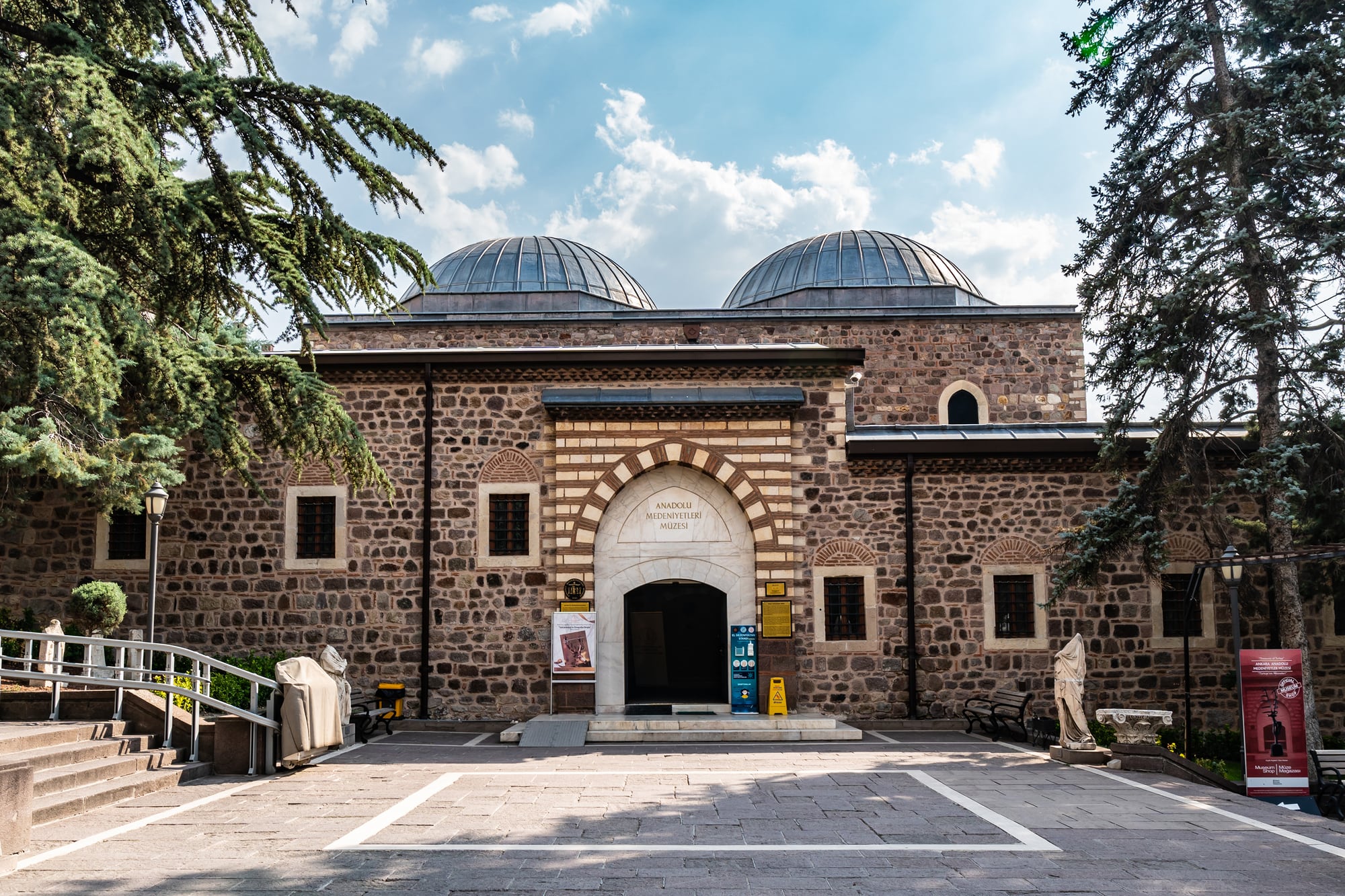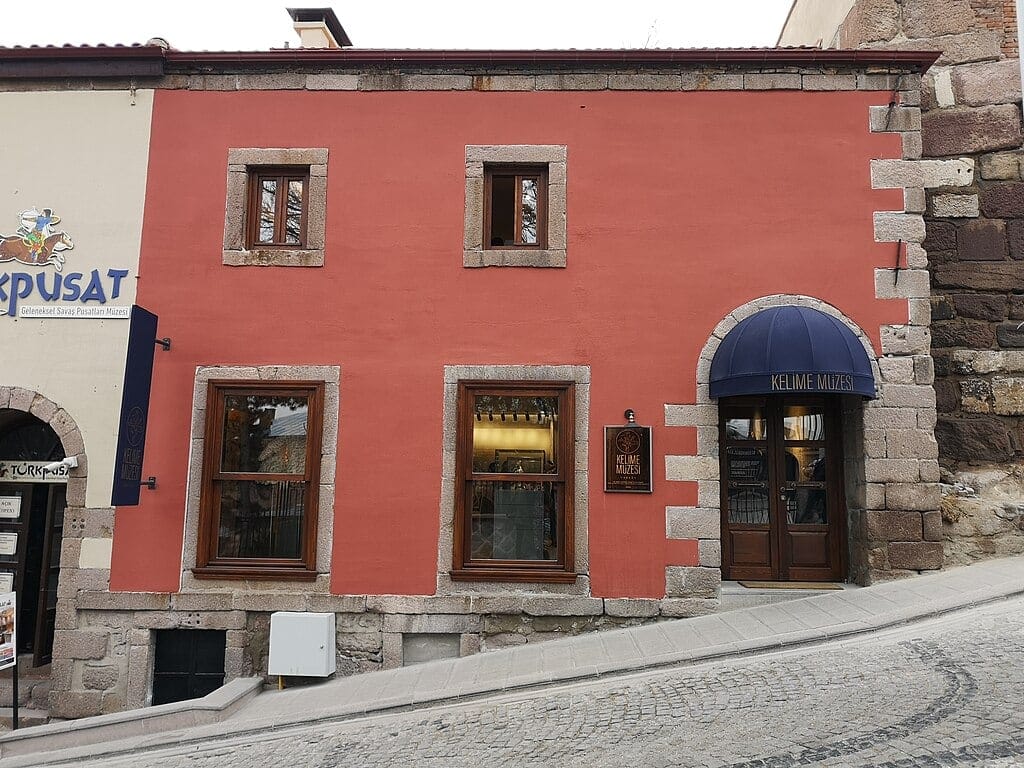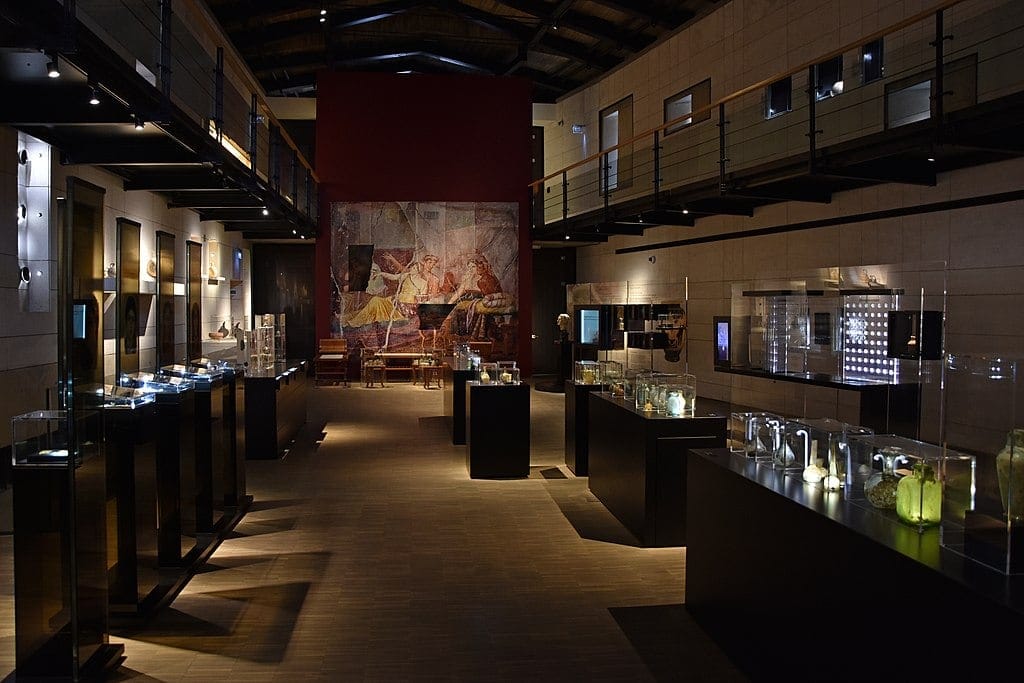Republican Ankara: A Journey to the City of Firsts
Ankara is a city that was shaped on the basis of the republic, wearing its status as the capital almost like a uniform, and fulfills its role with distinction. Ankara is a city of firsts for the Turks. The first parliament, the first archaeological excavation, and the first republic balls were all held here. Also the first symphony orchestra was established here. Under the leadership of Atatürk, Ankara has set an example for other provinces to become a capital worthy of the republic.
To get to know Ankara, today we are following the axis of the republic. We will build a museum route to Altındağ, the place that makes Ankara what it is. On this route, which brings together the past and the present, we will commemorate Anatolia, the Turkish language, and the culture.
The Most Enjoyable Activity to Do in Ankara is Walking
We are at the foot of the castle, which has served as a guardian to civilizations, the heart of Ankara. This area is accessible by subway, minibus, taxi and bus, but most easily on foot. If you take Kızılay as the starting point, you can reach here by walking for 45 minutes, witnessing all the old grandeur of Ankara along the way. However, if it’s a rainy day in Ankara or if you’re visiting during the midday hours of a hot season, I recommend using one of the transportation options. If you want to come to Ulus from Kızılay, you can reach the square in 5 minutes by taxi or 10 minutes by bus or minibus.
Our first destination is the Museum of Anatolian Civilizations. Reached via a cobblestone path, this museum takes us on a journey to the earliest inhabitants of Anatolia. Anatolia is such an ancient land that it has been a homeland for people for centuries, nourishing and growing them with its fertile soil. We are still satisfied both culturally with the riches beneath these Anatolian lands and physically with the products grown on them.
Museum of Anatolian Civilizations: Having a House that Smells of History

One of Mustafa Kemal Atatürk’s greatest dreams was to establish a Hittite Museum in Ankara. The first comprehensive and organized preservation of existing historical artifacts was achieved thanks to the Eti Museum opened in Ankara Castle. Due to its limited space, the museum eventually exceeded its capacity, necessitating a new location. The neglected Mahmut Pasha Bazaar and Kurşunlu Han, also located around the castle, were restored, and began to be used as the museum’s new building. After extensive restoration work, the museum was opened in 1968 under the name the Museum of Anatolian Civilizations.
Because of its status as a Hittite Museum, it initially displayed Hittite artifacts only. However, following a call to the governorships across Anatolia, the museum began to host artifacts from other Anatolian civilizations as well. The Museum of Anatolian Civilizations, one of the foremost history and archaeology museums not only in Turkey but also in the world, was chosen as the “Museum of the Year in Europe” in 1997. Artifacts in the museum are exhibited in sections organized chronologically. The upper hall features the Paleolithic Age, the Chalcolithic Age, the Early Bronze Age, the Assyrian Trade Colonies Age, the Old Hittite and Hittite Empire periods, the Phrygian Kingdom, the Late Hittite Kingdom, and the Urartian Kingdom. The lower hall includes sections on Ankara Through the Ages and the Classical Periods.
The museum’s most exquisite artifact is the map containing the city plan of Çatalhöyük, which dates to around 6200 BCE and is known as the oldest map in the world.
Absorbing all the civilizations and sights, we move on to our next destination. Kelime Museum (The Word Museum) is one of the recently opened museums in Ankara. Has a museum dedicated to words ever been seen in any other city? Honestly, I don’t know. But if it exists anywhere in the world, I hope I come across it. Turkish is a rich language, with a harmony of other languages within it. The meaning of each word, and the impression it leaves in the mind and heart, is unique. In Kelime Museum, we will embark on a journey through the stories of some words.
Kelime Museum: A Museum That Could Make a Linguist Fall in Love and Move to Ankara

Kelime Museum was established to teach the meaning of Turkish words, proverbs and idioms to children and young people. It was opened by Turkish writer Şermin Yaşar on September 26, 2022, which is celebrated as the Language Festival. This charming Ankara house, located next to the Museum of Anatolian Civilizations, features roots of words on the ground floor, words themselves on the entrance floor, and sentences on the top floor. It is a visual feast of words, where visual design and installations are presented together. One might say it has more of an art gallery atmosphere.
In various parts of the museum, we discover the subtleties of the Turkish language through words placed as if curated by an expert. Turkish, whose roots date back thousands of years, is the 17th most spoken language in the world. The oldest known Turkish inscription is the Orkhon Inscriptions. Blended with the existence of its geography and the cosmopolitan mass living in it, 25% of Turkish consists of Arabic, Persian, French and Greek words. The cultural richness of Turkey is also evident in its language.
Erimtan Museum: The Museum Hosting the City’s Art Events

Our final stop is the Erimtan Museum. We walk a very short distance to get here, without leaving the Castle district. But don’t worry, we’ll rest here. This place is not just a museum; it is a unique venue where music, culture, and architecture are presented together.
Erimtan is an archaeology and art museum. It is formed by the combination of three Ankara houses located in Ankara Castle. While it has a traditional appearance from the outside, a completely different architecture welcomes us inside. As a beautiful example of contemporary and modern architecture, Erimtan introduces us to a unique approach to museology.
The Erimtan Museum houses an archaeology collection of nearly two thousand portable artifacts, most of which are of Anatolian origin. In the section for temporary exhibitions, we encounter the works and life stories of artists who have passed through or left their mark on Ankara. However, what makes this museum particularly special are the concerts and workshops held here. Classical chamber music, jazz, open-air, and children’s concerts are held year-round in the concert hall and on the museum’s terrace, bringing music lovers together. Talks on anthropology, contemporary art, archaeology, and the history of religion, as well as poet and writer days, are just a few of the events that take place at the Erimtan Museum. Especially in the summer, yoga events on the museum terrace feel like a therapy session. The museum is also child-friendly, offering interactive education, games, and theater performances, providing unique experiences for children. Spending a pleasant day here, touring the museum, enjoying a relaxing coffee in the café while waiting for the next event, and taking a walk along the castle after an enriching conference are among the top enjoyable activities to do in Ankara.
An English version website of the museum can be found here: Erimtan Archaeology and Arts Museum
It’s worth noting that visiting these museums requires an entrance fee, which varies between local and foreign tourists. The opening hours of the museums differ between the summer and winter seasons. Kelime Müzesi and the Erimtan Museum are closed on Mondays. The Museum of Anatolian Civilizations is open every day within designated time slots.
Learning on the Road
“Ankara is a city that exhausts yet satisfies and consoles,” say the poets. Today we burn their ears. We see beyond the landscape we gaze upon, savor the words we hear on the road, and ponder their meanings. We repeat newly learned words within ourselves. As Oruç Aruoba said, every step creates a new path, and here in Ankara, we are forging new paths in different directions.
